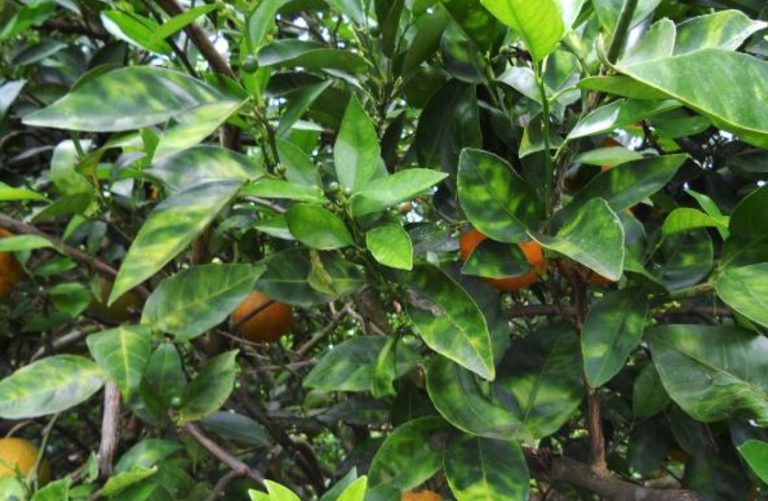Citrus greening disease has been detected in a backyard in Tallahassee, Florida. University of Florida Institute of Food and Agricultural Sciences (UF/IFAS) recommended to the homeowner to have the tree removed. It’s the first occurrence in Leon County, according to Xavier Martini, UF/IFAS assistant professor at the North Florida Research and Education Center.

According to the UF/IFAS, citrus greening or Huanglongbing (HLB), is a disease affecting citrus production throughout the world. The Asian citrus psyllid, which is found throughout Florida, transmits the bacterium Candidatus Liberibacter asiaticus. It causes HLB.
The disease had been largely confined to citrus producers in South Florida. But it was only a matter of time before it made its way up the state, believed Fred Gmitter, a University of Florida citrus breeder.
“I don’t think there’s anything particularly special about North Florida and South Georgia that’s going to prevent this from being a problem here,” Gmitter said in October. “I hope I’m wrong. I would love to be wrong on this.”
Symptoms include asymmetrical yellowing of the leaves and leaf veins. Later symptoms include twig dieback and decreased yields. Fruit is often small, lopsided and not marketable. Fruit drop can also occur as a result.
There are no resistant cultivars currently available. Insecticides can reduce the spread but not enough to prevent the spread as observed in Florida and Brazil.









